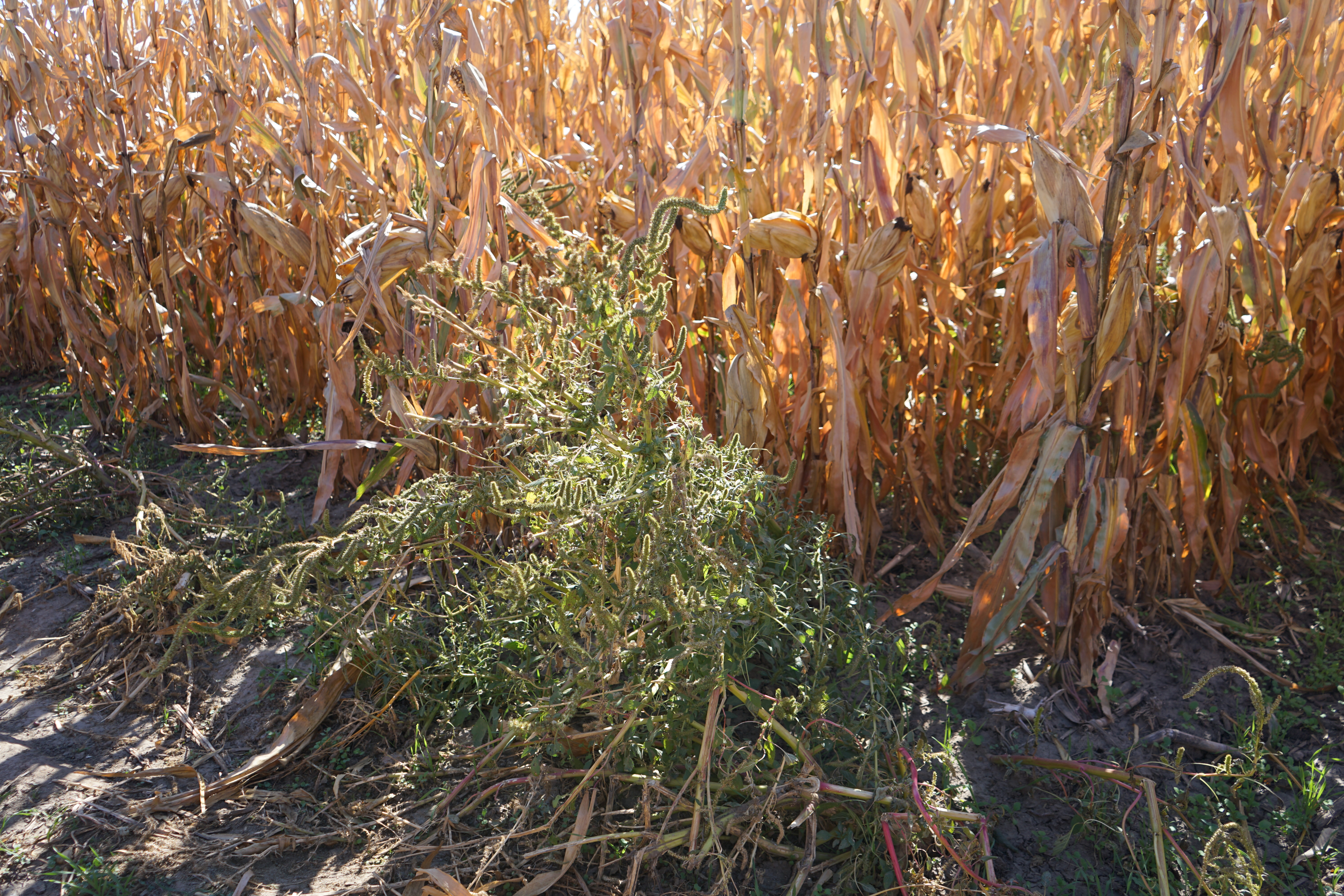Cover Crops for Weed Suppression
One important benefit of cover crops is that they can provide another option in controlling weed populations--especially weeds that can resist herbicides.
Weeds that have evolved characteristics that make them very difficult to control are on the uprise, and Palmer Amaranth (pigweed family) is at the top of the list. Palmer Amaranth is native to the southwestern United States and has moved eastward, competing with cotton in the South. It has since spread north to where it is now competing with corn and soybeans all through the corn belt.
Because farmers have depended so heavily on an herbicide-only system to control weeds, the weeds have developed a resistance to herbicides rapidly. Here is where cover crops can be used to help cut back the use of herbicides and thus slow the acceleration of resistance.
Cereal rye has the best potential to help suppress weeds mainly because it produces more above-ground biomass than other crop species. Many factors influence the amount of biomass produced by cereal rye, but the most important are when the rye is planted and when the rye is terminated.
Seeding rates of 1-1.5 bushels per acre is recommended with the higher rate applied when using an airplane or planting later in the year as in late October or November.
Delaying termination of rye until past mid-May will provide maximum biomass and the most persistent weed suppression. Interested in trying cover crops? The Upper Big Blue NRD has several programs available for cost-sharing on conservation practices including cover crops. Call Dan at (402) 362-6601 to learn more.


